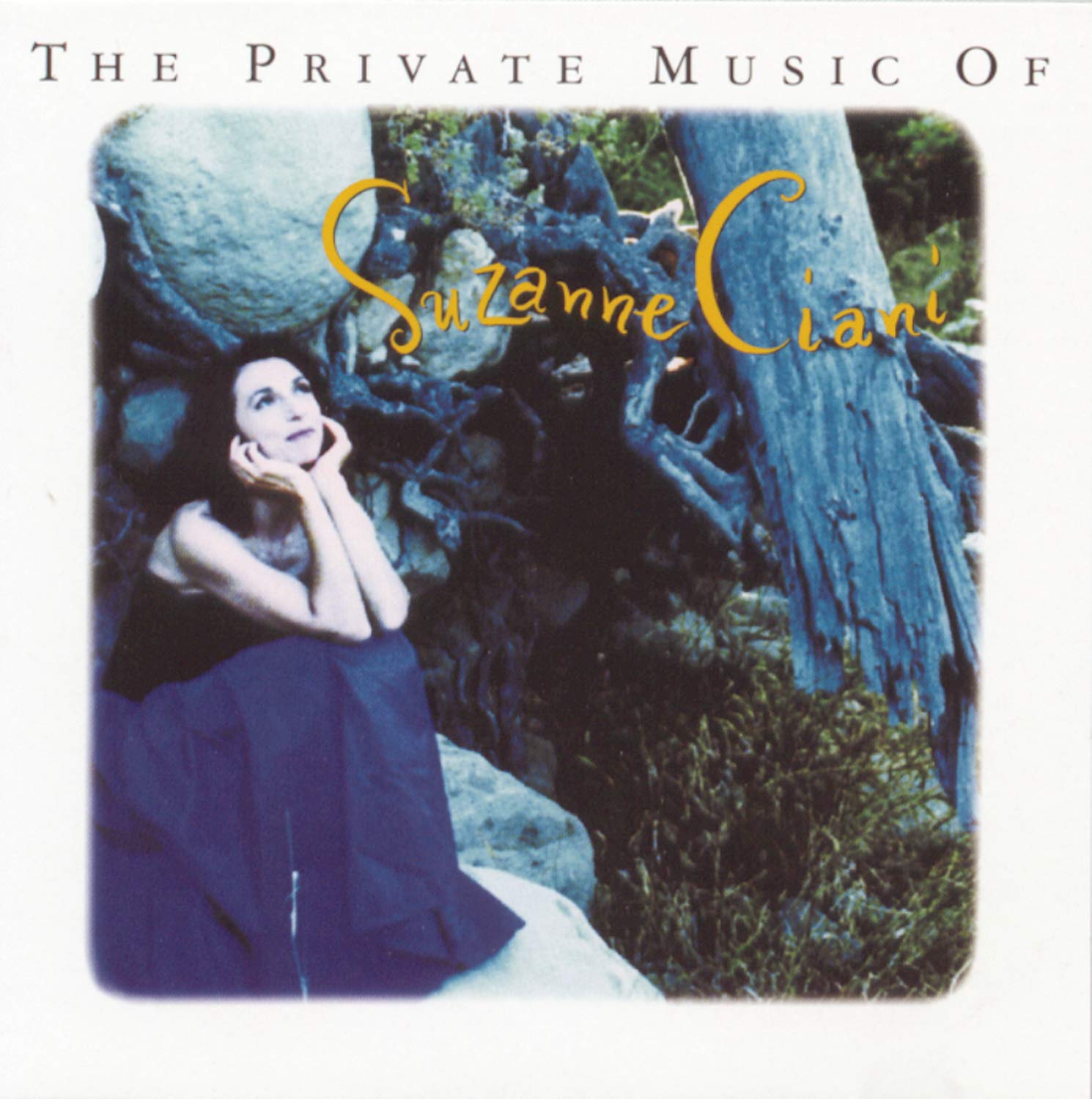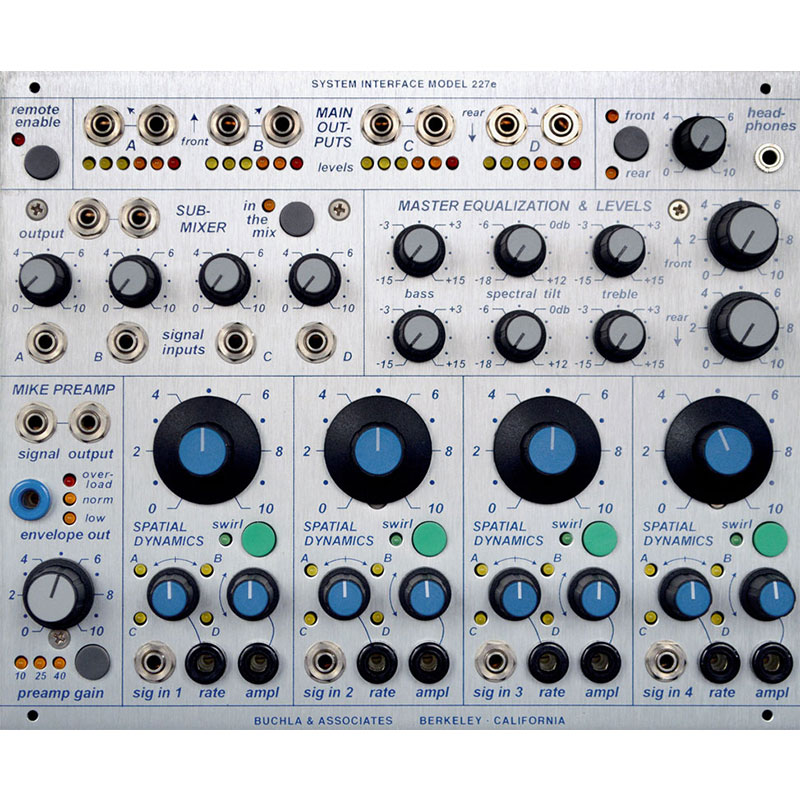Hi all. A very sincere thank you for the listening and feedback.
Yes indeed. As
@humprof stated, my approach was very much “stealth quad."
All in all, the value of Atmos for this album is "high resolution, discrete" streaming of the album (for whatever that means in the way that they do it on Tidal HiFi/Amazon HD).
Don't get me wrong, I do love the idea that with Atmos (MPEGH, Sony, DTS and others) you can use all of those speakers but trying to "upmix" into these extra speakers does more harm than good, in my opinion. Many of you also know when Suzanne performs from the Buchla 200e, it is quad... for Suzanne's music, upmixing especially feels "wrong," unless for a specific experiment.
Regarding the speaker usage that
@AYanguas mentioned: Yes, I did this intentionally. The traditional usage of Atmos "bed" tracks didn't make sense to me. As I mentioned in the very first post in this thread, "I used Atmos “objects” for the 4 tracks and they’re sitting in the four corners of the room and scale up and down to the different rear speakers depending on your set up."
I found two helpful benefits from this:
- The mix scales more accurately where the rear speakers were truly in the rear or if people have smaller set ups, it scales down nicely too... and
- I completely removed the bed tracks all together, drastically making the file size smaller. When I originally rendered the Atmos version of the record with bed tracks, I noticed the master file was WAY bigger than the original quad master. With a 5.1 bed (which is the only option to use for quad), the center and LFE tracks both are still generated as silent tracks.... It didn't sit right with me so I did more experimenting to find that removing the bed all together and using objects in four corners were way better. I understand how having a "bed" may help for film workflow but "objects" seem to make a bit more sense to me for music.
I'm working on some other quad records records right now where I'm trying to decide if I wanna go with "Atmos Stealth Quad" (in addition to Regular Matrix/QS encode) or go through the insanity of re-panning things all over again with the Dolby panners to take full advantage of all of the Atmos speakers.
Part of my goal when I work on these records is also to lock into a realistic spacial workflow which working-class musicians and producers can also work from to make their own spacial music. Right now, "Atmos Stealth Quad" seems to make the most sense until someone figures out how to import all of that native vector panning data from the DAWs to feed into the Atmos renderer (or whatever flavor of spacial audio)... Who knows maybe this is my next project to sort out.
...I can't stress enough how important workflow issues like this are to making spacial music actually become established instead of research experiments or a subsidized fad. If a kid making music in his bedroom can't access the tech, it's worthless in the long run.
We'll see....
TODAY, Quad has a the big bang for the effort, in my opinion. It's totally very much under utilized and I'm advocating strongly for working musicians to make
Quad as their Master instead of Stereo... and frankly, I really like being able to use the Regular Matrix/QS workflow since that is something most listeners can listen to the same 2-channel audio to on any system, getting spacial effects right from the two channel encoded file or better yet go full-on with something like the Involve Surround Master decoder to get especially good results.






